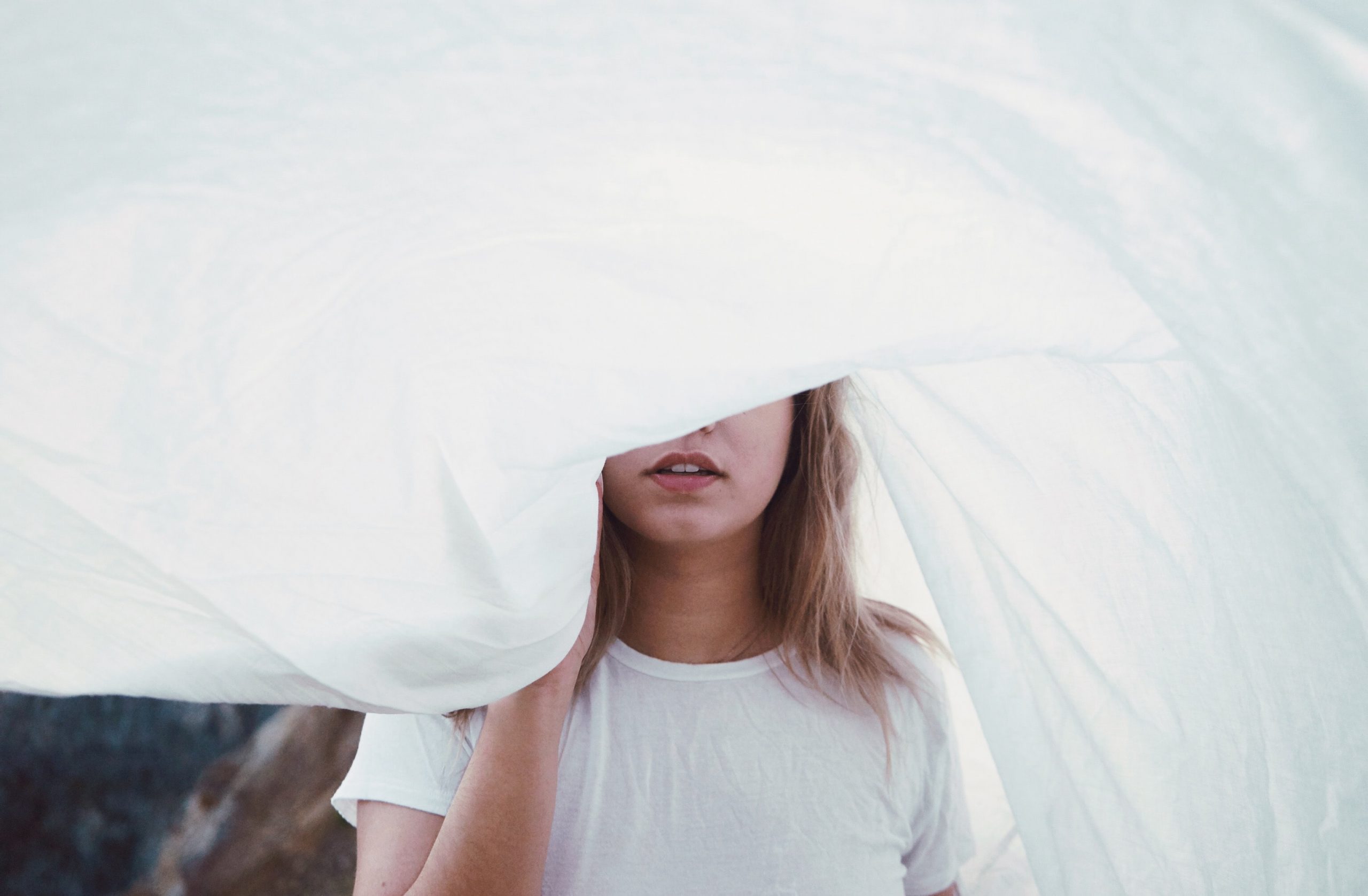It’s 5:58 in the morning. A tinge of orange peeks through the window of an upscale, high-rise apartment in the city. “That girl” wakes effortlessly to the sound of her alarm. She instantly reaches over for her Lululemon workout gear, which rests perfectly folded on her nightstand and rolls out of bed, ready to start her day.
Running through her daily checklist, “that girl” works out, reads, waters her plants and eats three healthy meals. She is confident and mindful. Unlike the “it girls” of the past, “that girl” centers her life around her own happiness and reaps the rewards of well-roundedness. She is the epitome of a woman in her prime. “That girl” is perfect.
But “that girl” isn’t who you think she is. She’s not real.
The Origins of “That Girl”
Dating back to the early days of social media, the “that girl” phenomenon has long existed on sites such as Tumblr and Pinterest, albeit under different names and configurated with slightly different lifestyle habits. On these platforms, “that girl” came packaged as a collection of images, primarily of slender, white women in gym clothes or bikinis, used as weight loss inspiration or thinspo.
Notorious for promoting eating disorders and obsessive wellness routines, social media users quickly registered thinspo as a toxic internet trend, but that didn’t stop young girls from idolizing weight loss content creators.
Over the past decade, thinspo continues to affect subcultures on the internet and “that girl” has stayed true to brand while evolving to fit the beauty parameters of a particular moment in time. Not to be confused with wellness influencers or social media stars, “that girl” is not a single person or even a particular category of social media user. Instead, she is as she has always been, a collage of glorified, staged images. Today, she hides under the guise of self-love and mental health, but in truth, “that girl” is a mere outline of our modern culture’s conception of the ideal woman.
Who Is “That Girl”?
Type in #thatgirl on TikTok and you’ll be inundated by a flood of videos, providing step-by-step instructions on how to become her. Typically, these clips follow a formulaic construction.
How to be “that girl”:
- Wake up early, preferably before sunrise.
- Work out. (Make sure to wear a cute set.)
- Eat a healthy breakfast.
- Study/do work.
- Eat a healthy lunch.
- Go outside, see friends, shop.
- Eat a healthy dinner.
- Skin care, face masks and turn down.
Sounds great, right? Motivational even.
But this list is missing a couple of crucial points of the movement.
How to be “that girl” (bonus tips):
- Everything you do must be postable and aesthetic.
- Be thin.
- Never stray from the routine, never have an off moment.
- You work a 9-5? Sorry, this plan might not work for you.
- But you still need to be able to afford nice brands!
- Be perfect.
That’s more like it.
The “That Girl” Lifestyle Is Impossible to Achieve
Upon watching a few videos, you’ll find that the vast majority of “that girl” content focuses on social media users attempting to become her. In the rare case that a TikTok clip presents a fully realized “that girl,” she is portrayed as series of images or a mood board. This lack of a singular representation of “that girl” is due to the fact that she does not exist.
The trend demands a constant state of becoming. There are no videos titled “How I became ‘that girl’” because she’s impossible to fully achieve. “That girl” “show[s] us only what [she] wants us to see.” She is an aesthetic, not a real lifestyle.
Despite the unrealistic reality of the “that girl” trend, many young women have set out to make the impossible happen. YouTube homes countless videos dedicated to the lifestyle: “The ULTIMATE Guide to Being ‘THAT Girl’,” “ 7AM MORNING ROUTINE | THAT GIRL MORNING ROUTINE | PRODUCTIVE + HEALTHY MORNING ROUTINE,” “trying to become THAT girl for a day.”
Although these videos can be used as inspiration for cultivating a healthy lifestyle, oftentimes they are taken as concrete molds that need to be adhered to in order to attain the highest level of womanhood. Not only does this put pressure on young girls to live outside of their means both money and time-wise, but it also promotes a singular representation of what women should be.
Instead of helping girls become the best version of themselves, #thatgirl coaxes women into forfeiting their individuality in exchange for mainstream appeal. The terms and conditions of becoming “that girl,” in turn, can result in obsession and unhealthy methods for fulfilling her demanding mold. This over-fixation on one’s life and appearance “often points to something troubling bubbling below the surface, and treating [oneself] like a project is a symptom of our incredibly toxic culture of self-optimisation.”
In short, the “that girl” phenomenon plays into the narrative that we must continuously strive to be prettier, more social and more productive to be worthy, but this is simply not true.
Becoming a Better You
In response to the “that girl” trend, social media users have started posting their realistic morning routines. On TikTok, these short videos feature women who work multiple jobs, sleep through their alarm and even take time to do absolutely nothing. In contrast to the “that girl” aesthetic, realistic morning routine videos promote both self-love and accountability. The women in these clips not only work hard, but they also show compassion to themselves when their routines don’t go as planned.
The truth of living a life that serves you the best is that it won’t always be glamorous. You will have off days, days with unpredictable obligations and days when you just don’t want to do anything. That is okay!
There is no one optimal way to manage the tumultuous nature of life. Don’t try to be “that girl”; she wasn’t built to be sustainable. Instead, work on becoming a version of yourself that works best for you and your lifestyle.

















